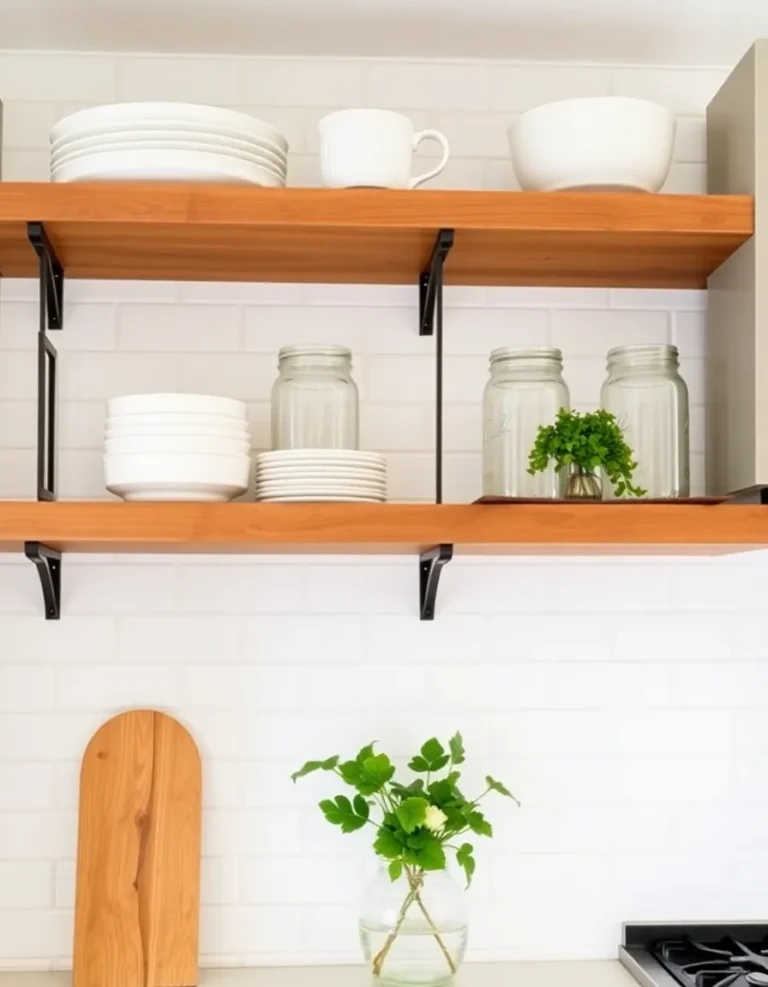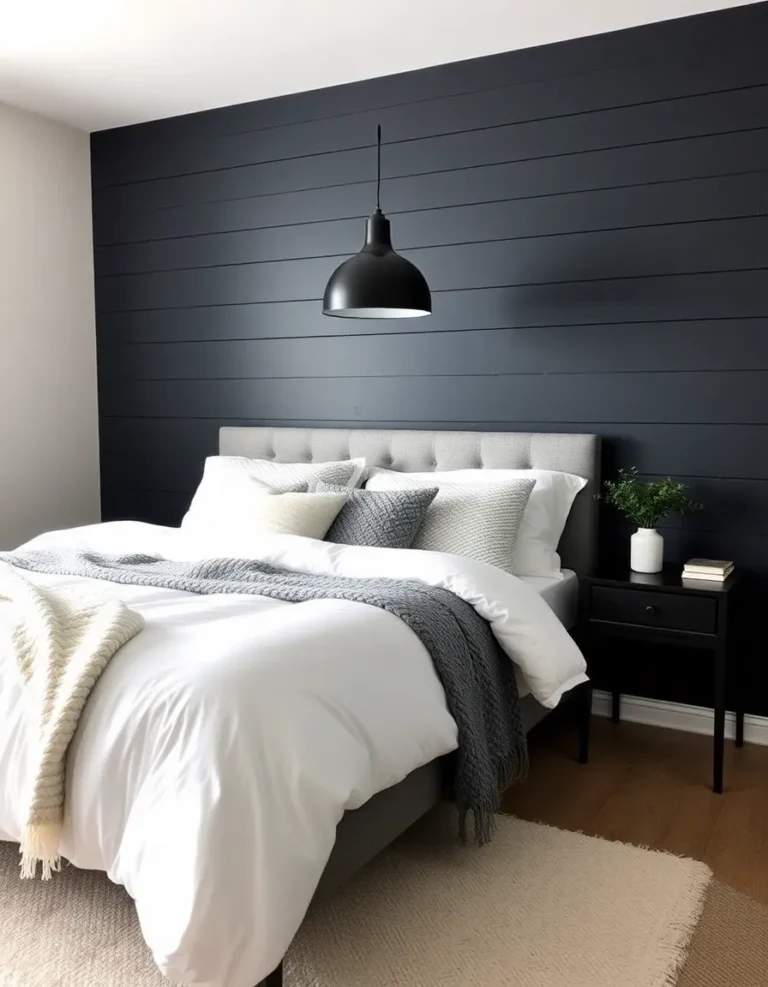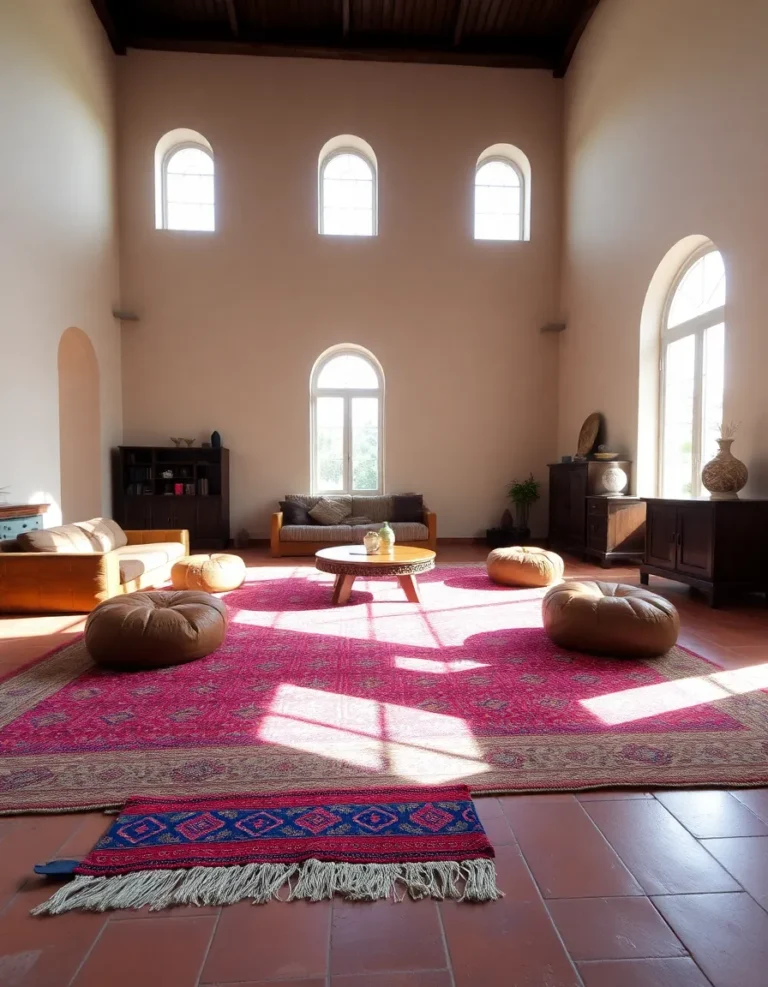Core Principles of Minimalist Design (Function, Simplicity, Calm)
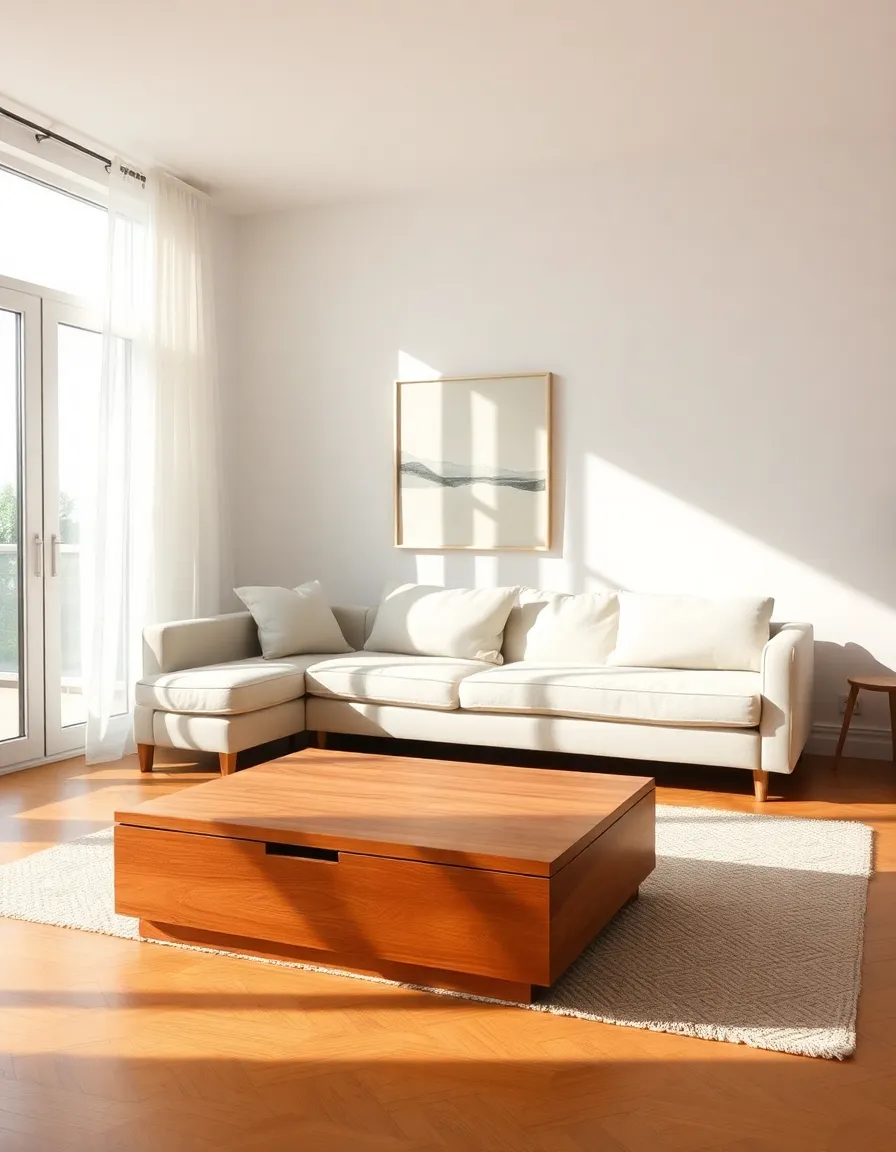
Hey there, fellow design lover! Ever walked into a room and felt instantly at peace? No clutter, no chaos—just clean lines, thoughtful details, and a sense of calm that makes you exhale like you’ve just stepped into a spa? That’s the magic of minimalist design. It’s not just about having fewer things (though, let’s be real, Marie Kondo would approve). It’s about intentionality, function, and creating spaces that feel as good as they look.
Minimalism gets a bad rap sometimes—people think it’s cold, sterile, or just plain boring. But when done right, it’s anything but. Think of it like a perfectly brewed cup of coffee: simple ingredients, no unnecessary frills, but oh-so-satisfying. Whether you’re redesigning your living room, sprucing up your website, or just daydreaming about a clutter-free life, understanding the core principles of minimalist design will help you create something timeless and effortlessly stylish.
So, grab your favorite drink (matcha latte, anyone?), settle in, and let’s break down the three pillars of minimalist design: function, simplicity, and calm. By the end, you’ll see why less really can be more—and maybe even feel inspired to declutter that junk drawer you’ve been avoiding. No judgment here.
1. Function: Design That Works as Hard as You Do
Minimalist design isn’t just about looking pretty—it’s about working smarter. Every piece, every line, every material has a purpose. If it doesn’t serve a function, it doesn’t earn its place. Sounds harsh, but trust me, your space (and your sanity) will thank you.
Take Scandinavian design, for example. Those sleek, functional furniture pieces aren’t just Instagram-worthy—they’re built to last and designed to make life easier. A coffee table with hidden storage? Genius. A modular sofa that adapts to your space? Yes, please. Minimalism forces you to ask: “Do I really need this?” And if the answer is no, well… out it goes.
Here’s the thing: function doesn’t mean sacrificing style. It means choosing pieces that pull double duty. A stylish bench that also stores shoes. A pendant light that’s both a statement piece and a primary light source. When everything in your space has a clear purpose, you spend less time fussing with clutter and more time enjoying your surroundings.
Ever noticed how minimalist kitchens just work? No random gadgets collecting dust, just the essentials within easy reach. It’s like a well-choreographed dance—everything has its place, and nothing’s there just for show. (Looking at you, avocado slicer.)
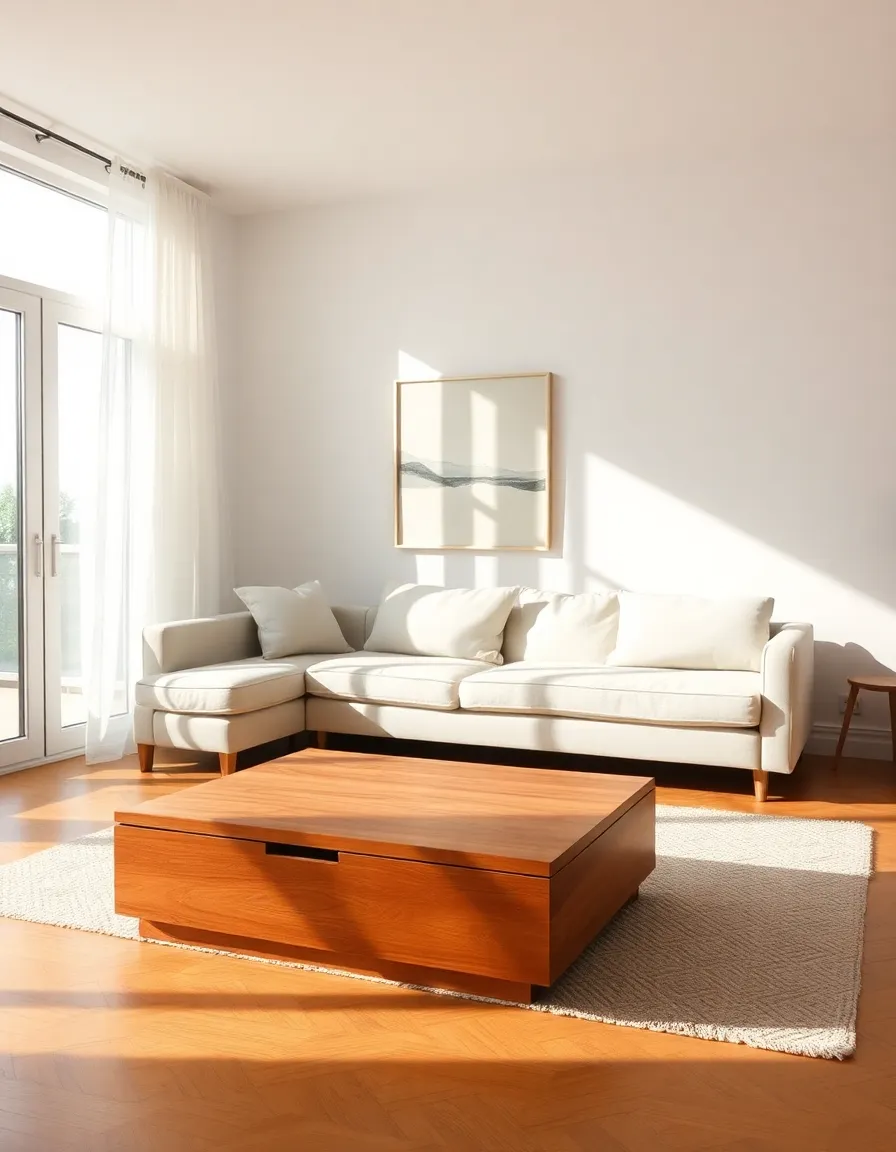
2. Simplicity: Less Noise, More Harmony
If function is the backbone of minimalist design, simplicity is its soul. This isn’t about stripping everything away until your home looks like a monk’s cell—it’s about curating. Keeping only what adds value, whether that’s beauty, utility, or joy.
Think of your space like a playlist. You wouldn’t add 50 mediocre songs just to fill time, right? You’d pick the tracks that make you want to dance, cry, or belt out the lyrics in the shower. Minimalist design works the same way. Every item is a hit single—no filler.
Color plays a huge role here. Minimalist palettes tend to be neutral (whites, grays, earthy tones) with occasional pops of color for contrast. But the key is restraint. One bold accent wall? Stunning. Five neon paintings, a rainbow rug, and polka-dot curtains? Sensory overload. (Unless that’s your thing—no shame, just maybe not minimalist.)
And let’s talk about negative space—aka the “breathing room” in design. It’s not just empty space; it’s a deliberate pause that lets the important elements shine. Like the silence between musical notes, negative space gives your eyes a place to rest. Without it, even the most beautiful pieces can feel overwhelming.

3. Calm: Designing for Peace of Mind
Here’s the secret sauce of minimalist design: it’s not just about what you see—it’s about how you feel. A well-designed minimalist space should make you exhale the second you walk in. No visual chaos, no competing colors, no “where do I even look?” moments. Just pure, unfiltered calm.
Ever walked into a cluttered room and immediately felt your stress levels spike? Yeah, me too. Our brains are wired to process everything in our environment, and when there’s too much going on, it’s exhausting. Minimalism cuts through that noise. It’s like a mental reset button.
Materials matter here. Natural textures—wood, stone, linen—add warmth without clutter. Soft, diffused lighting (think floor lamps and candles) creates a cozy vibe. And symmetry? Chef’s kiss. Our brains love balance, so when things feel orderly, we relax. It’s science, folks.
But here’s the best part: minimalist design isn’t one-size-fits-all. Your version of calm might mean a monochrome apartment with zero decor (go you, zen master). Or maybe it’s a cozy, neutral-toned living room with a few well-loved books and a chunky knit throw. As long as it feels like you, that’s what counts.

So, what’s the takeaway? Minimalist design isn’t about deprivation—it’s about intention. It’s choosing function over fluff, simplicity over stress, and calm over chaos. And the best part? You don’t need a huge budget or an interior design degree to make it work. Start small: declutter a shelf, swap out busy patterns for solid colors, or just take a critical look at what’s actually adding value to your space.
At the end of the day, your home (or workspace, or even your wardrobe) should feel like a sanctuary—not a storage unit. So go ahead, embrace the less-is-more mindset. Your future self, lounging in your perfectly curated, clutter-free oasis, will thank you. And hey, if you need me, I’ll be over here… finally tackling that junk drawer.

